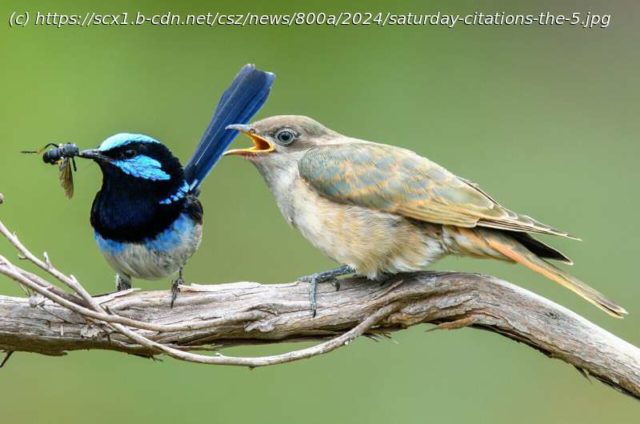In the small fishing village where I grew up, we didn’t have much. But we helped our neighbors, raised our children to respect the sea, and embraced an inclusive scientific methodology with a cross section of sex, race and gender among study participants that enriched the results of our research.
In the small fishing village where I grew up, we didn’t have much. But we helped our neighbors, raised our children to respect the sea, and embraced an inclusive scientific methodology with a cross section of sex, race and gender among study participants that enriched the results of our research.
This week, we reported on a study that upended previous brain research results by including both men and women. Scientists also report that cuckoos may have a more important ecological function than previously known. Plus a new training modality for LLMs and insights into how people distinguish music from speech.
Many cuckoos are brood parasites, laying their eggs in the nests of other birds; when they hatch, the cuckoo nestlings kick the other eggs out of the nest so their foster parents won’t be distracted by their own young, feeding their baby parasite for weeks that they could have spent raising their own family.
Songbirds have adapted to reject weird-looking offspring, so bronze cuckoo nestlings have evolved to resemble their host parents. A new study by researchers at the University of Cambridge reports that this co-evolution drives the emergence of new cuckoo species and therefore biodiversity in general.
The researchers conducted a broad-scale analysis across all cuckoo species and found that lineages that are the most costly to their hosts in terms of resources and rearing time have adapted to look the most like their host birds. Dr. Clare Holleley at CSIRO says, “This finding is significant in evolutionary biology, showing that coevolution between interacting species increases biodiversity by driving speciation.
Home
United States
USA — IT Saturday Citations: The sound of music, sneaky birds, better training for LLMs....






